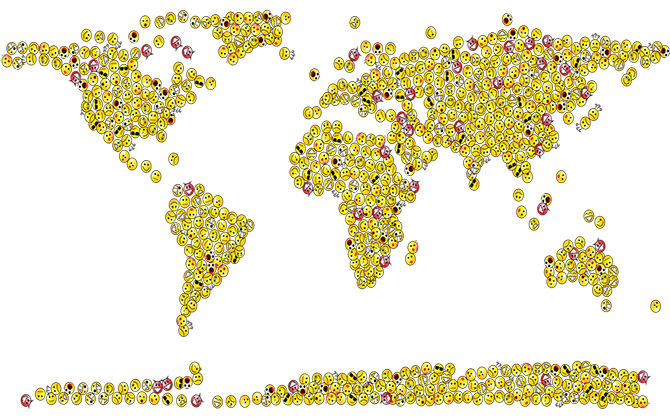This word of Japanese origin is used to define the images that we use in social networks and instant messaging. Emoji is made up of two terms, e refers to a drawing or image and moji refers to a letter or character. In Japanese it would be the composition of (e) 絵 and (moji) 文字.
Through emojis we can express different emotions or ideas and share them electronically in any digital communication medium.
Emojis appeared in 1999 and its creator was Shigetaka Kurita, a Japanese interface designer. He created nothing more and nothing less than the first 176 for a Japanese communication company and was inspired by manga and kanji writing.
The standard size of an emoji is 12x12px, although there are currently ways to change its size, reaching up to 500px wide.
As we mentioned previously, they began to be used in the late 90s to streamline the complexity of the written language. Due to the success they obtained, Apple decided to integrate them into their devices and later Android did exactly the same.
Today emojis can be considered one more form of expression, even a global language. Few people do not use them, although the main consumers of emojis are the last generations. Especially for its use on social networks such as Facebook, Instagram, Twitter and above all of them in the WhatsApp application. Of course we can also find them in other types of instant messaging applications such as Telegram, Messenger, Snapchat, etc …
The globalization of emojis has led to different and varied interpretations of one of them, which can also create combinations with textual meaning.

